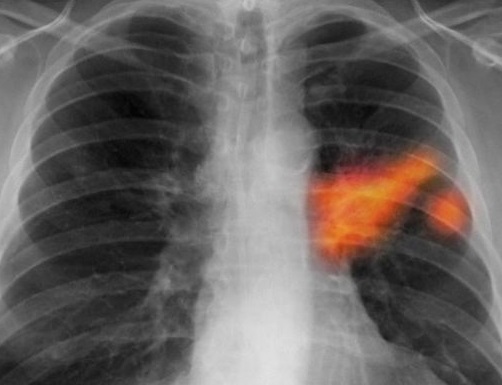Industry responding to dust ailments
 The Australian Workers’ Union is putting on seminars in Western Australia to warn miners of the diseases that could be drifting right in front of them.
The Australian Workers’ Union is putting on seminars in Western Australia to warn miners of the diseases that could be drifting right in front of them.
The Union is aiming to reduce the number of employees suffering from silicosis and other occupationally-related industrial dust diseases
Statistics show 1000 pneumoconiosis related fatalities occurred between 1979 and 2002, 56 per cent of which were caused by asbestosis, 38 per cent by silicosis, and 6 per cent by Coal Workers Pneumoconiosis, or ‘Black Lung’.
The AWU’s sessions are on in Kalgoorlie to talk about the many dangers and what can be done to avoid them.
Silicosis is a lung disease caused by exposure and inhalation of free silica or coal dust. Its causes are well-documented, but there has been no effort to gauge the size of the problem in Australian industries. It is not known whether the current protocols for minimising exposure to inhalable silica have been enough to impact or eliminate the risk.
Along the same lines in the United States, the Occupational Safety and Health Administration (OHSA) is planning to update its 40-year-old standards to lower worker exposure to crystalline silica. Dangerous particles can come from granite, limestone, and several other aggregates.
Also to prevent air-borne industry-related disease, the NSW Environment Protection Agency (EPA) is into the second stage of its Dust Stop Program. The Program enforces new standards on dust control, aiming for an 80 per cent reduction in dust by August 2014.
With many cases and causes only recently being identified, it can be safely presumed that courts, health and environmental authorities across the country will be tied up trying to tackle the human cost of industrial practice for quite some time.







 Print
Print